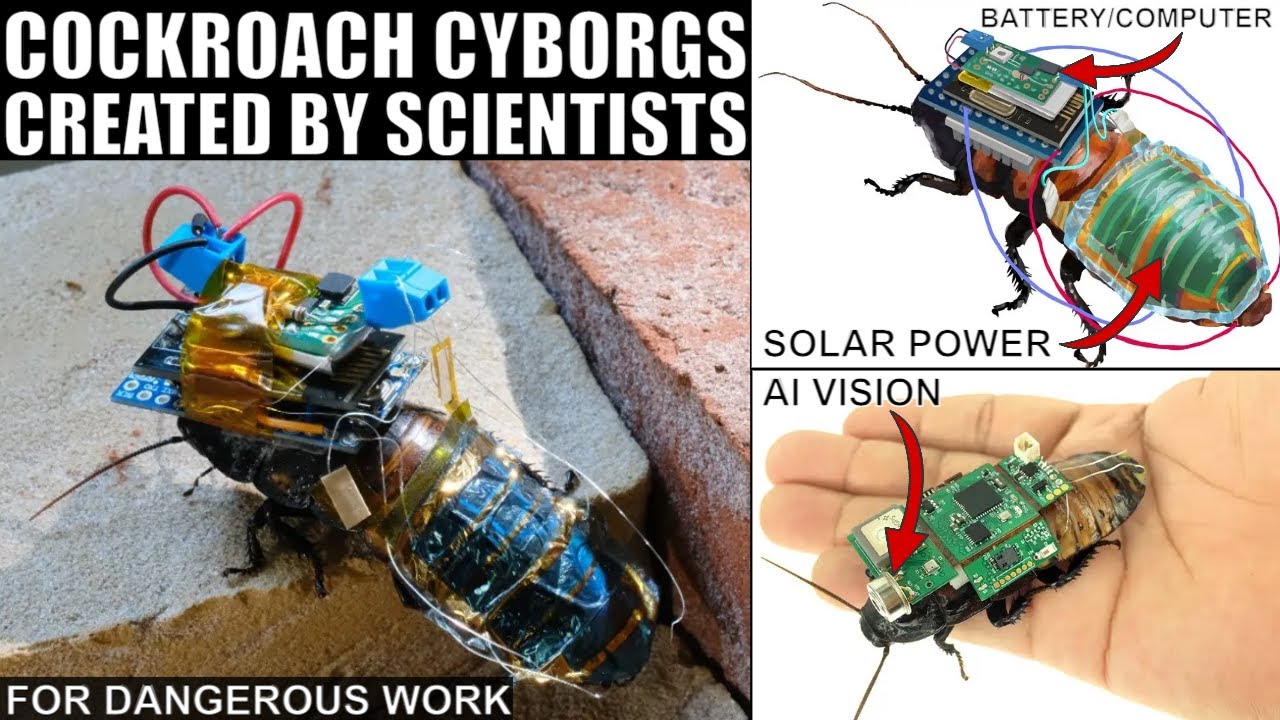The research paper from npj Flexible Electronics is “Integration of body-mounted ultrasoft organic solar cell on cyborg insects with intact mobility”. Full text is available at the link. Here is the abstract:
Cyborg insects have been proposed for applications such as urban search and rescue. Body-mounted energy-harvesting devices are critical for expanding the range of activity and functionality of cyborg insects. However, their power outputs are limited to less than 1 mW, which is considerably lower than those required for wireless locomotion control. The area and load of the energy harvesting device considerably impair the mobility of tiny robots. Here, we describe the integration of an ultrasoft organic solar cell module on cyborg insects that preserves their motion abilities. Our quantified system design strategy, developed using a combination of ultrathin film electronics and an adhesive–nonadhesive interleaving structure to perform basic insect motion, successfully achieved the fundamental locomotion of traversing and self-righting. The body-mounted ultrathin organic solar cell module achieves a power output of 17.2 mW. We demonstrate its feasibility by displaying the recharging wireless locomotion control of cyborg insects.
One problem with solar cell power is that cockroaches prefer to hide in dark locations. They used Madagascar hissing cockroaches (Gromphadorhina portentosa) which grow up to 7.5 cm in length and provide the room for the computer augmentation and solar panels. These cockroaches are flightless, which is probably a good thing.
Here is an earlier paper from another group in 2021, “Insect-Computer Hybrid System for Autonomous Search and Rescue Mission”:
There is still a long way to go before artificial mini robots are really used for search and rescue missions in disaster-hit areas due to hindrance in power consumption, computation load of the locomotion, and obstacle-avoidance system. Insect-computer hybrid system, which is the fusion of living insect platform and microcontroller, emerges as an alternative solution. This study demonstrates the first-ever insect-computer hybrid system conceived for search and rescue missions, which is capable of autonomous navigation and human presence detection in an unstructured environment. Customized navigation control algorithm utilizing the insect’s intrinsic navigation capability achieved exploration and negotiation of complex terrains. On-board high-accuracy human presence detection using infrared camera was achieved with a custom machine learning model. Low power consumption suggests system suitability for hour-long operations and its potential for realization in real-life missions.
